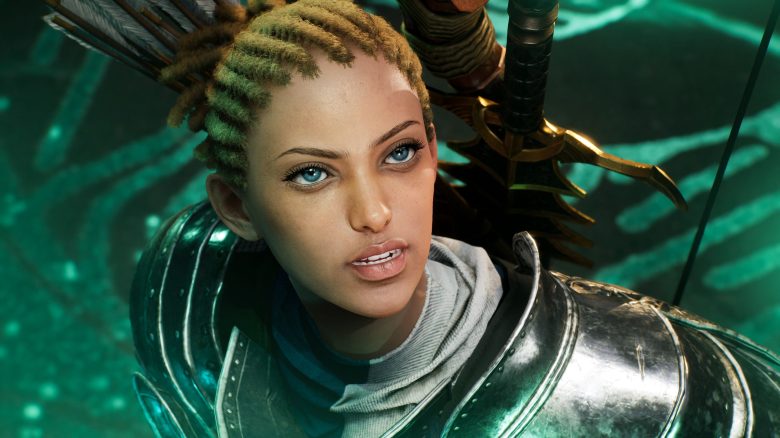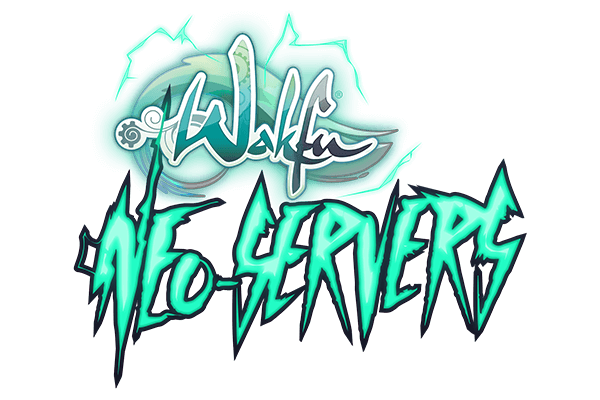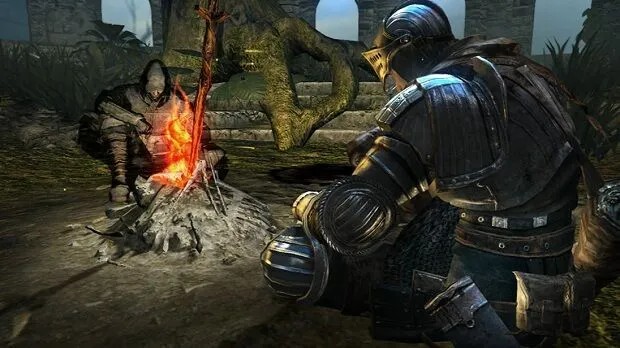Introduction
In the vast and ever-evolving universe of video games, Massively Multiplayer Online Role-Playing Games (MMORPGs) stand apart. They are not static products but living, breathing digital worlds, sustained by a constant flow of new content, bug fixes, and balance adjustments. The lifeblood of these persistent worlds is information. The communication pipeline between developers and the dedicated gaming community—encompassing everything from server maintenance alerts to detailed patch notes—is as critical to the health of an MMORPG as its core game design. This flow of MMORPG news is more than just marketing; it is a fundamental mechanic that shapes player experience, manages expectations, and fosters the community trust necessary for long-term success. While a patch for a single-player title is a welcome improvement, an update in an MMORPG can redefine economies, upend competitive metas, and create legendary moments. Understanding the technical intricacies, best practices, and profound impact of this communication is essential for anyone invested in the gaming industry, from developers to the most dedicated players.
The Anatomy of MMORPG Communication
Effective communication in the MMORPG space is a multi-faceted discipline that goes far beyond a simple announcement. It involves a structured, multi-platform strategy designed to inform, engage, and guide a massive and diverse player base through the constant evolution of the game world. This strategy can be broken down into several key components, each serving a distinct but interconnected purpose.
Patch Notes: The Developer’s Diary
At the heart of MMORPG news are the patch notes. These documents are the official record of change, detailing every adjustment made to the game. Their structure and level of detail can vary dramatically, reflecting the developer’s philosophy and the community’s expectations. We can categorize them into three main types:
- Hotfixes: These are small, urgent updates deployed to fix critical, game-breaking bugs, exploits, or server stability issues. Communication for hotfixes must be rapid and clear, often delivered via in-game alerts, social media, and launcher notifications. The goal is to resolve a major problem with minimal disruption.
- Minor Patches: Deployed on a regular cycle (e.g., weekly or bi-weekly), these patches contain balance adjustments, quality-of-life improvements, and smaller bug fixes. Their notes are more detailed, often breaking down changes by class or game system. This is where a subtle 5% damage nerf to a popular skill in an RPG game can have significant ripple effects on the meta.
- Major Content Patches & Expansions: These are the massive updates that introduce new zones, dungeons, raids, and game systems. The “patch notes” for these are often sprawling, multi-page documents accompanied by dedicated articles, developer videos, and marketing campaigns. They represent significant milestones in the game’s lifecycle and are crucial for retaining veteran players and attracting new ones.
The best patch notes provide not just the “what” but the “why.” A developer explaining the reasoning behind a nerf—citing performance data or its negative impact on game health—can mitigate player frustration and build trust, transforming a simple changelog into a transparent dialogue.
Server Status and Maintenance Alerts
Because MMORPGs are “always-on” services, any downtime is a significant event. Communicating server maintenance is a critical operational task. Best practices involve a multi-stage approach: an advance warning (24-48 hours prior), a reminder (1-2 hours prior), in-game countdowns, and clear notifications on all platforms (social media, forums, Discord) when the servers go down and when they come back online. During unexpected outages, timely and honest updates are paramount. A community is far more forgiving of technical issues when they are kept in the loop than when they are met with silence.

Roadmaps and Developer Blogs
Looking beyond immediate changes, roadmaps and developer blogs are vital tools for long-term expectation management. These communications outline the future direction of the game, teasing upcoming features, expansions, and changes to core systems. This is particularly important in the competitive AAA games market, where players are constantly evaluating where to invest their time and money. A clear roadmap can prevent community burnout and maintain excitement, assuring players that the world they are invested in has a vibrant future. This is a key element of the live service model that dominates not just MMORPGs but also genres like Battle Royale with titles like Fortnite and Apex Legends.
The Technical and Community Impact of Updates
Every line in a set of patch notes, no matter how small, can trigger a cascade of consequences that ripple through the game’s technical infrastructure and its complex social fabric. Developers must navigate this delicate ecosystem where data-driven decisions intersect with passionate human emotion.
The Butterfly Effect of a Single Balance Change
In a complex RPG game, balance is a precarious equilibrium. A seemingly minor adjustment—like increasing the drop rate of a crafting material by 1%—can have unforeseen consequences. This change could devalue an entire profession, crash a segment of the player-driven auction house, and make previously challenging content trivial. Similarly, adjusting a single ability in competitive gaming can dethrone a top-tier class, forcing thousands of players to relearn their rotations, re-gear their characters, and adapt their strategies for both PvE raids and PvP battles. To mitigate these risks, developers rely heavily on Public Test Realms (PTRs). These servers allow dedicated players to test upcoming changes, providing invaluable data and feedback that can identify game-breaking bugs or severe balance issues before they impact the live game. This process is a cornerstone of modern game development, whether using Unity, Unreal Engine, or a proprietary engine.
Data-Driven Development and Player Feedback
Modern MMORPG updates are not crafted in a vacuum. Developers utilize powerful telemetry tools to gather millions of data points on player behavior. They can track class performance in raids, win/loss rates in PvP, quest completion times, and the flow of currency in the economy. When a class is nerfed, it’s often because data shows it is dramatically overperforming across the board. This data-driven approach provides an objective foundation for balance changes. However, data alone is not enough. It must be paired with qualitative feedback from the gaming community. Developers sift through forums, social media, and feedback from top streamers on Twitch to understand player sentiment. The greatest challenge in game design is balancing this feedback, separating constructive criticism from noise, and avoiding the trap of designing for the “vocal minority” at the expense of the silent majority.
Best Practices for Communicating MMORPG News
Building and maintaining a healthy relationship with an MMORPG community hinges on a robust and thoughtful communication strategy. Adhering to a set of best practices can turn a potentially volatile update cycle into a positive and engaging experience that strengthens player loyalty.

The Trinity of Communication: Clarity, Timeliness, and Transparency
These three pillars are the foundation of all successful community management in the gaming industry.
- Clarity: Information must be easy to understand. While technical details are appreciated by some, the core message should be accessible to the average player. Avoid excessive jargon or, if it’s necessary, provide a brief explanation. Use formatting like bullet points and bold text to make patch notes scannable.
- Timeliness: Information is most valuable when it’s relevant. Announce scheduled maintenance well in advance. Provide status updates promptly during unexpected downtime. Release patch notes before the patch goes live so players can prepare. A delay in communication often creates a vacuum that is quickly filled by rumor and frustration.
- Transparency: This is the most difficult but most rewarding pillar. Explain the “why” behind significant changes. If a feature is delayed, explain the development hurdles. If a bug fix is proving difficult, be honest about the complexity. This vulnerability builds immense trust and shows respect for the community’s intelligence and investment in the game.
Leveraging a Multi-Platform Ecosystem
The modern gamer consumes information across a wide array of platforms. A single forum post is no longer sufficient. An effective communication strategy is a coordinated effort that pushes information to where the players are. This includes:
- The Official Website/Forums: The canonical source for detailed information like full patch notes and developer blogs.
- Social Media (Twitter, Facebook): Ideal for short, timely updates like server status, hotfix alerts, and linking to longer-form content.
- Community Hubs (Discord, Reddit): Engaging directly with players in the spaces they’ve created. A community manager actively participating in a Discord Q&A can be incredibly effective.
- The Game Launcher: The first thing a player sees before logging in, making it the perfect place for critical alerts and headlines. You see this with major platforms from Steam News to Epic Games News.
- Video Content (YouTube, Twitch): Developer diaries, patch rundowns, and Q&A streams can put a human face on the development team and explain complex changes in an engaging format.
The Evolving Landscape of Game Updates and News
The methods for developing and delivering game updates are constantly changing, influenced by new technology and shifting player expectations. The world of MMORPG news is adapting in tandem, moving towards more dynamic and continuous models of communication.

Live Service Models and Continuous Delivery
The traditional model of massive, infrequent expansions is being supplemented, and in some cases replaced, by a live service approach. This model, popularized by games in the Battle Royale and MOBA genres like Fortnite and League of Legends, focuses on a steady stream of smaller, more frequent content drops. This requires a more agile and constant communication strategy. Instead of a massive hype cycle every two years, developers must maintain a continuous dialogue with their community, teasing the next season, event, or balance patch. This keeps the game feeling fresh and is well-suited to the fast-paced nature of modern PC gaming and console gaming.
The Influence of Cloud Gaming and Streaming
The rise of cloud gaming services is streamlining the patching process from a technical standpoint. Since the game runs on a remote server, updates can be applied centrally, ensuring every player is on the latest version instantly. This eliminates the need for players to download massive patch files on their gaming PCs or consoles. Furthermore, the culture of game streaming has created a new tier of influencers who act as powerful amplifiers for MMORPG news. A positive reaction to a patch from a major Twitch streamer can generate massive excitement, while a negative one can galvanize community backlash. Developers are increasingly aware of this, often providing early access to streamers and actively monitoring their feedback as a key barometer of community sentiment.
Conclusion
In the intricate and dynamic ecosystems of MMORPGs, the flow of news and information is not a secondary concern—it is a core system. From the granular detail of a hotfix note to the grand vision of a multi-year roadmap, every piece of communication shapes the player experience. It manages expectations during server downtime, explains the logic behind controversial balance changes, and builds the hype that keeps player subscriptions active. For developers, mastering this discipline requires a commitment to clarity, timeliness, and transparency. For players, understanding the context behind the news allows for a more informed and richer engagement with their favorite virtual worlds. Ultimately, a well-executed communication strategy is the invisible hand that guides the community, fosters trust, and ensures that these persistent online worlds continue to thrive and evolve for years to come.











